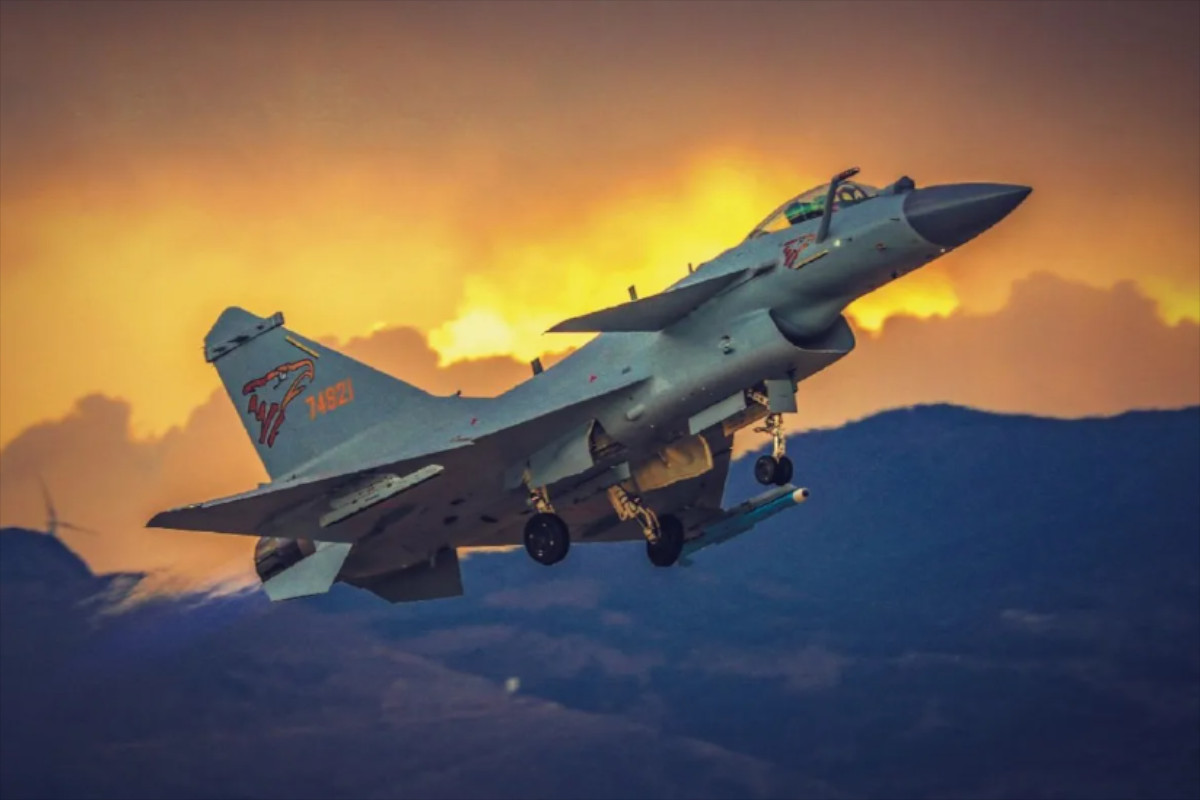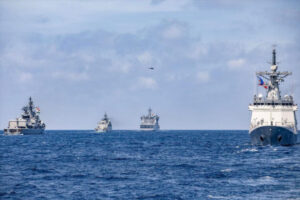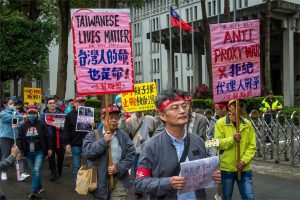Southeast Asia military ties are turning arms deals and defense contacts into a tool of political balance. The United States is building a club of “selected partners,” while China is methodically cultivating trust, strengthening defense channels with those tired of American promises without guarantees.
Southeast Asia’s Growing Appetite for Weapons
The region’s arms market is as lively as a bazaar at rush hour. Contracts are being signed with both China and the United States. Purchases reflect not only the desire to fill weapons stockpiles, but also the ambition to secure a place in the strategic architecture of the future.
Defense budgets are rising against the backdrop of a turbulent regional scene. Purchases from Beijing are climbing, while America’s share is gradually fading.
China’s expanding military presence works as a quiet form of influence. Today, Beijing is already the largest arms supplier to Pakistan, and Southeast Asia is becoming the next floor of this pyramid.
Thailand’s story is telling: until 2017 the United States held a dominant position there, but has since been pushed out. China has provided deliveries on a scale Washington has long been unable to match. A Lowy Institute study notes that Cambodia is armed with Chinese equipment by more than 90%, while Indonesia is deepening its ties with Beijing.
The region is betting on integrating China into a dense network of military interaction. This is seen as a reliable safeguard against escalation.
Beyond arms sales, Beijing is building security infrastructure through agreements and joint projects. Between 2017 and 2024, ten new defense agreements were signed with countries of the region. In 2024, Major General Zhang Baoqun sealed a military aid deal with the Maldives, then traveled to Nepal to discuss exercises and military training, though political tremors there may derail the plans. At the same time, China held joint naval drills with Sri Lanka and reinforced defense cooperation packages with Pakistan and Bangladesh.
Why the Trends in Southeast Asia Military Ties Are Changing
The defense landscape of Southeast Asia is gradually tilting toward Beijing. For years Washington warned the region about the “China threat,” but it has itself become the source of growing distrust. The ISEAS survey revealed the fragility of U.S. authority: in 2024, for the first time, a majority of regional elites stated that if forced to choose, they would side with China. 50.5% versus 49.5% — dry statistics, but in geopolitics that is the jolt of a tectonic plate. And this fracture mirrors Washington’s treatment of Taiwan not as a partner but as a bargaining chip, a disposable card in its negotiations with Tokyo. Arms purchases increasingly follow this shift.
Chinese systems are battle-tested and earn trust where Western technologies remain trapped in legends and glossy brochures. When Indian and Pakistani forces clashed in May, it was Chinese weapons that performed better. That episode turned into a free showcase for the entire region. Indonesia, which invested billions in French Rafales, is now looking closely at the J-10C — cheaper, and already proven against Western machines.
The United States remains the largest arms supplier and a visible player. But the lines on the graph are diverging: the region is building ties with both Washington and Beijing, turning them into counterweights to each other.
Balance is becoming a difficult art after the U.S. “pivot to Asia,” which is increasingly perceived in regional capitals as political pressure. States are seeking to slip out of the script of a new Cold War and preserve their own decision-making space. This desire to resist scripted roles resonates far beyond Asia — at the 2025 UN General Assembly, Africa and Asia turned slogans of multipolarity into infrastructure, alliances, and hard power, stripping the West of its monopoly over rhetoric. Defense ties with China, fueled by economic flows, are turning into a shield against escalation in contested seas and straits.
For Southeast Asia, drawing Beijing into a dense network of military cooperation is seen not as concession, but as a mechanism of survival. It reduces the risk of the region becoming an arena for someone else’s chess game.
Decisions here are rooted in pragmatism and flexibility. Washington can boast of power, but not of trust. And it is trust that is becoming the currency that will decide whose flag flies over the region’s future.





